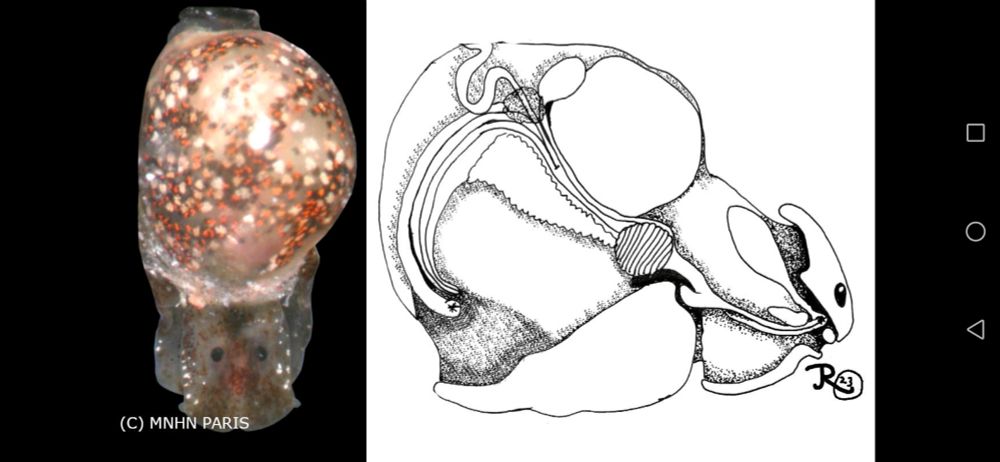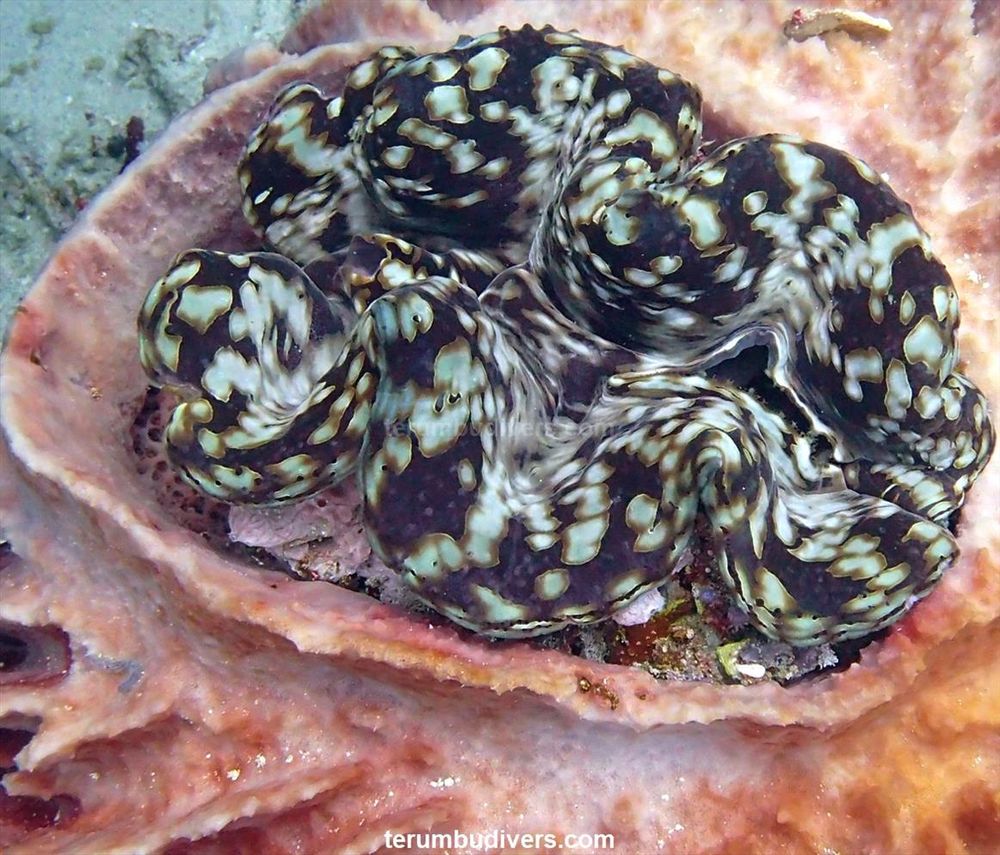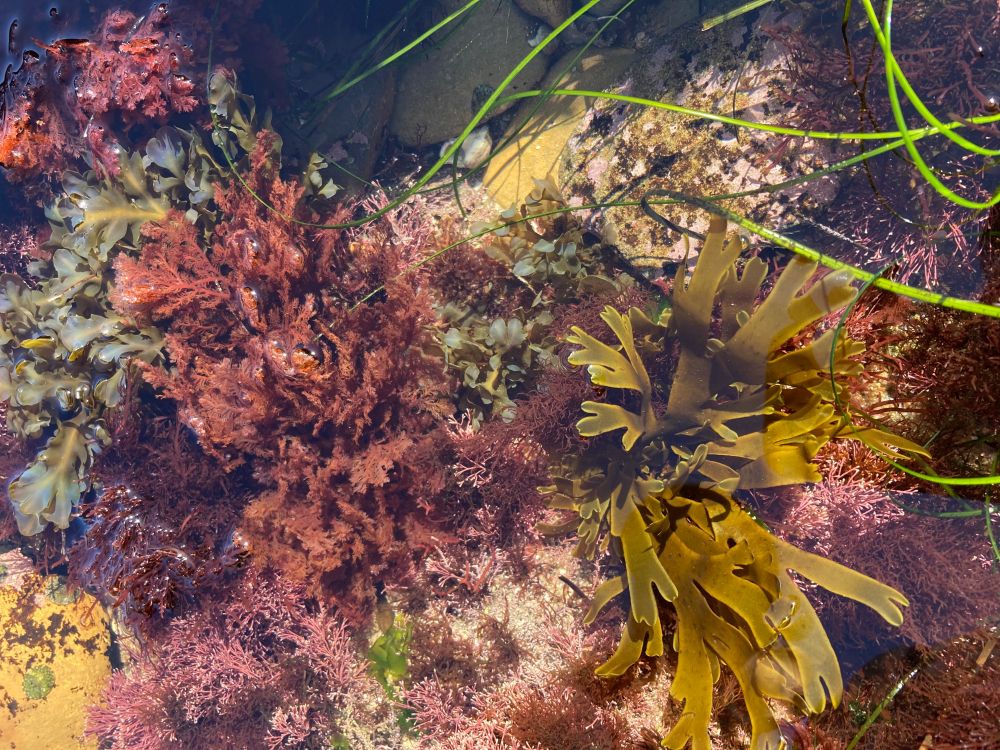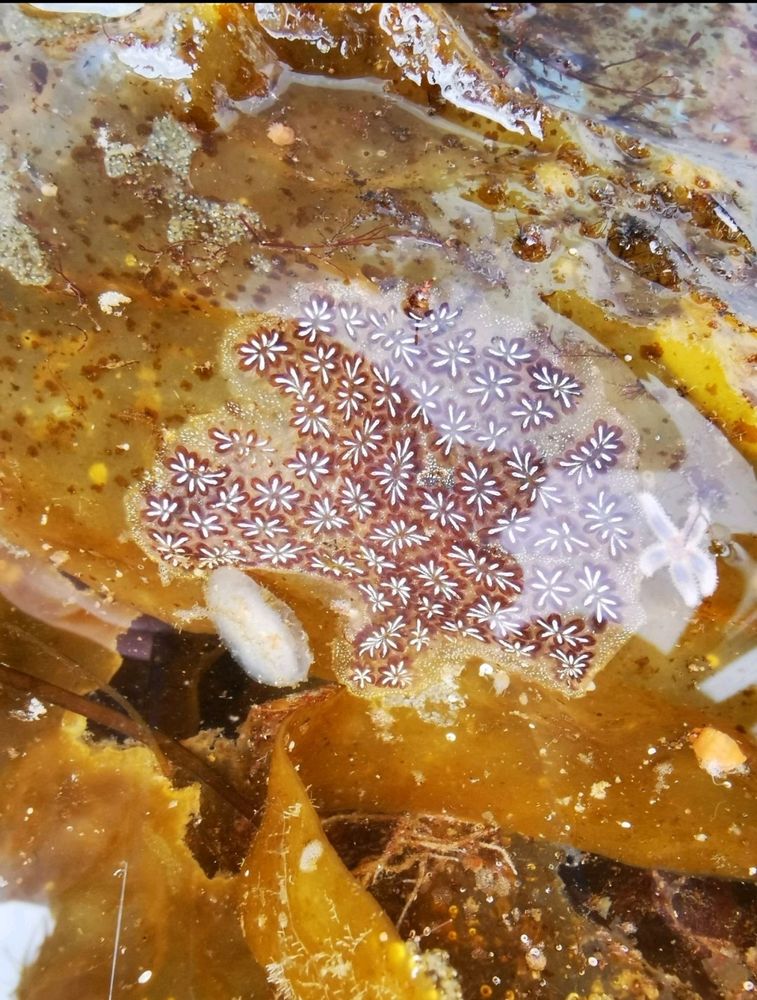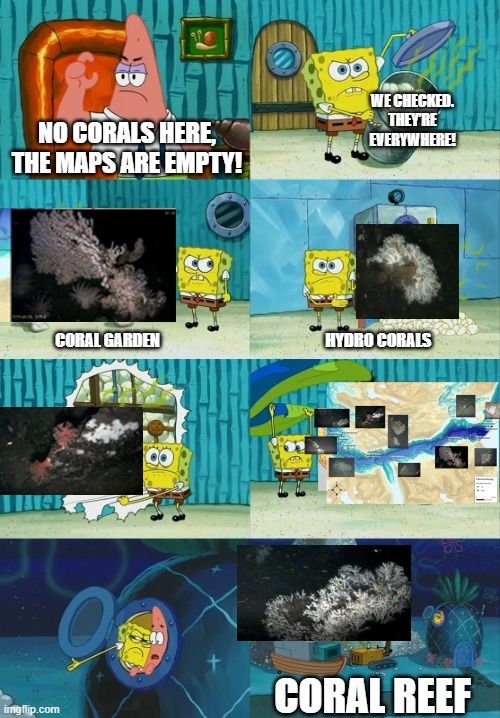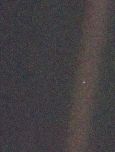Trond Oskars
@trondoskars.bsky.social
920 followers
1.4K following
210 posts
Marine biologist and taxonomist 🐚🪸 working with biodiversity and marine ecosystems.
#PhD with a creative streak.
#naturmangfold #biodiversity #taxonomy
#firstgen higher education of fisherman stock 🇧🇻
https://www.linkedin.com/in/trond-oskars
Posts
Media
Videos
Starter Packs
Reposted by Trond Oskars
Trond Oskars
@trondoskars.bsky.social
· May 23
Trond Oskars
@trondoskars.bsky.social
· May 23
Trond Oskars
@trondoskars.bsky.social
· May 23
Trond Oskars
@trondoskars.bsky.social
· May 23
Trond Oskars
@trondoskars.bsky.social
· May 23
Reposted by Trond Oskars
Reposted by Trond Oskars
Trond Oskars
@trondoskars.bsky.social
· May 22
Trond Oskars
@trondoskars.bsky.social
· May 22
Trond Oskars
@trondoskars.bsky.social
· May 22
Trond Oskars
@trondoskars.bsky.social
· May 22
Trond Oskars
@trondoskars.bsky.social
· May 22
Reposted by Trond Oskars
Trond Oskars
@trondoskars.bsky.social
· Apr 22
Trond Oskars
@trondoskars.bsky.social
· Apr 18
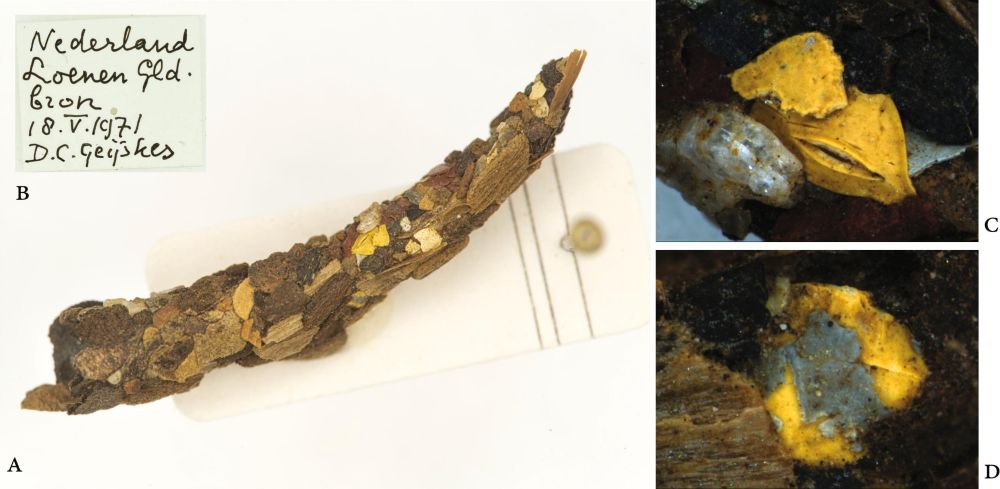
Microplastics discovered in caddisfly casings from the 1970s suggest long-term contamination
A team of biologists working at the Naturalis Biodiversity Center, a research museum in the Netherlands, has found evidence of caddisfly larvae using microplastics to build their casings as far back a...
phys.org
Trond Oskars
@trondoskars.bsky.social
· Apr 16
Trond Oskars
@trondoskars.bsky.social
· Apr 16
Trond Oskars
@trondoskars.bsky.social
· Apr 16
Trond Oskars
@trondoskars.bsky.social
· Apr 16
Trond Oskars
@trondoskars.bsky.social
· Apr 16

